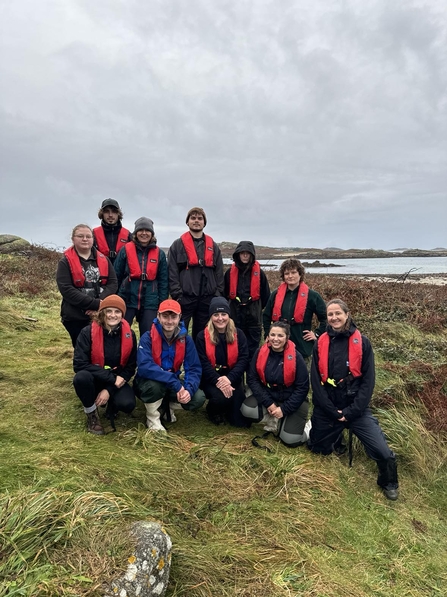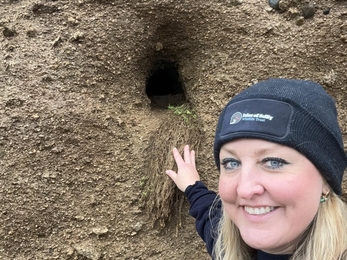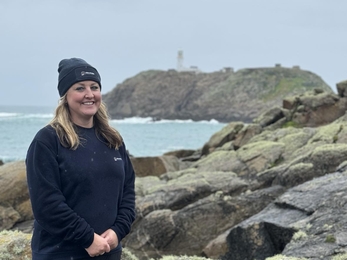The commitment of last summer’s seabird team persisted this winter, as they've transitioned into a dedicated species recovery force. Now in March, puffins, Manx shearwaters and storm petrels will soon return from their far-flung oceanic wintering grounds and their prospects for raising chicks on two uninhabited islands might be brighter. We may have cleared the last rats from these islands… in the nick of time.
Following the successful removal of rats from St Agnes and Gugh in 2013 to protect both Manx shearwaters and storm petrels from predation by rats. This winter we shifted efforts to clearing rats from the uninhabited islands of St Helens’ and Round Island as both islands are important for burrow-nesting seabirds, including puffins on St Helen’s.
Put simply when rats are present, puffin, storm petrel and Manx shearwater chicks are highly unlikely to survive. At the time of writing this report we are incredibly close to successful rat clearance. Only a handful of rats remain, but to clear the last remaining rats requires skill and patience.




